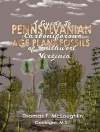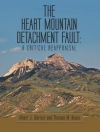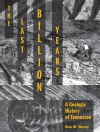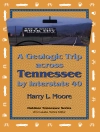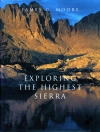Published by the American Geophysical Union as part of the
Geophysical Monograph Series, Volume 201.
Modeling the Ionosphere-Thermosphere System brings
together for the first time a detailed description of the physics
of the IT system in conjunction with numerical techniques to solve
the complex system of equations that describe the system, as well
as issues of current interest. Volume highlights include
discussions of:
* Physics of the ionosphere and thermosphere IT system, and the
numerical methods to solve the basic equations of the IT
system
* The physics and numerical methods to determine the global
electrodynamics of the IT system
* The response of the IT system to forcings from below (i.e., the
lower atmosphere) and from above (i.e., the magnetosphere)
* The physics and numerical methods to model ionospheric
irregularities
* Data assimilation techniques, comparison of model results to
data, climate variability studies, and applications to space
weather
Providing a clear description of the physics of this system in
several tutorial-like articles, Modeling the
Ionosphere-Thermosphere System is of value to the upper
atmosphere science community in general. Chapters describing
details of the numerical methods used to solve the equations that
describe the IT system make the volume useful to both active
researchers in the field and students.
Giới thiệu về tác giả
Joseph Huba is a Head Research Geophysicist of the Space Plasma Physics Division at the Naval Research Laboratory, Washington, D.C., USA. Huba’s primary area of expertise is the stability of collisional and collisionless plasmas. In this regard he has performed a number of linear and nonlinear studies of a variety of kinetic and fluid plasma instabilities using both analytical and numerical techniques. Huba’s research interests have included the study of the Rayleigh-Taylor instability, the Kelvin-Helmholtz instability, the nonlinear theory of interchange instabilities, plasma opening switch dynamics, dynamics of the solar atmosphere, wave phenomena in the ionospheres of earth and Venus, and non-ideal MHD dynamics (i.e., Hall MHD). His current research interests are modeling of the earth’s ionosphere and plasmasphere. Huba has over 150 research publications in these areas. He is a Fellow of the American Physical Society. He is a member of the American Geophysical Union, the American Physical Society, and the International Union of Radio Science (URSI). Huba served as an associate editor for the Journal of Geophysical Research from 1983 to 1986. He was a member of the NSF CEDAR Science Steering Committee (2008-2010) and has served on a number of NSF and NASA panels.


